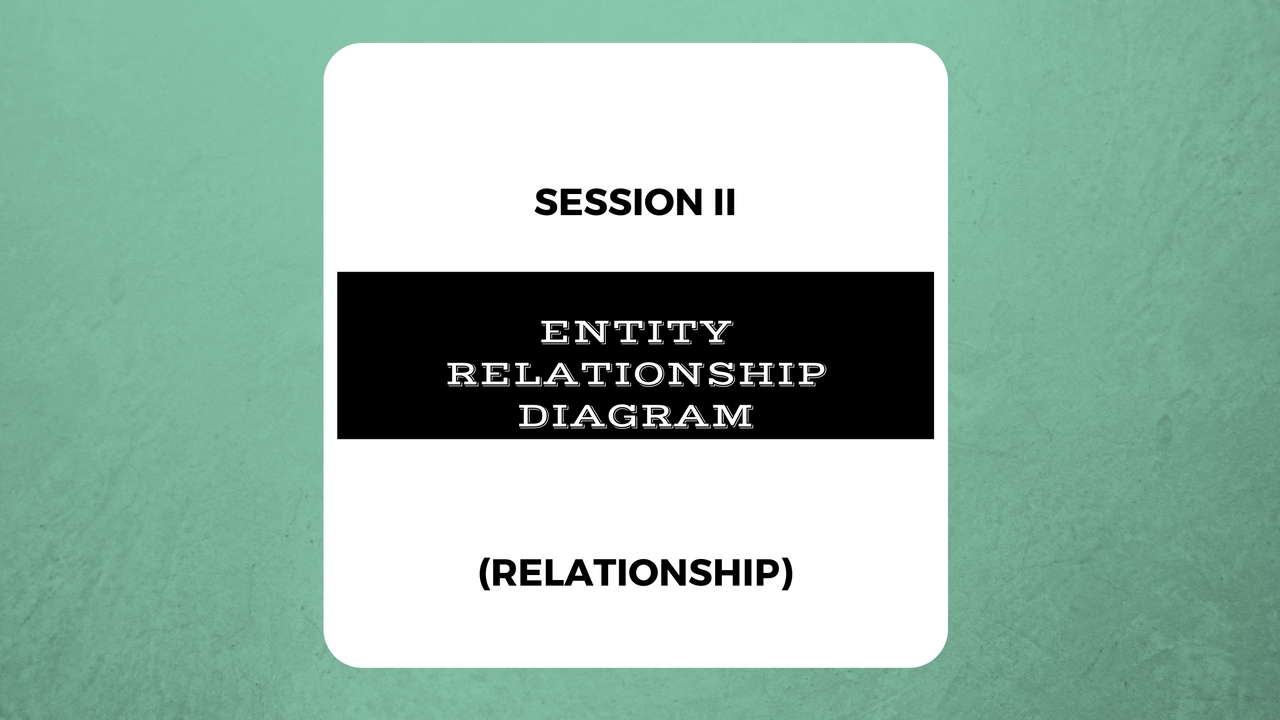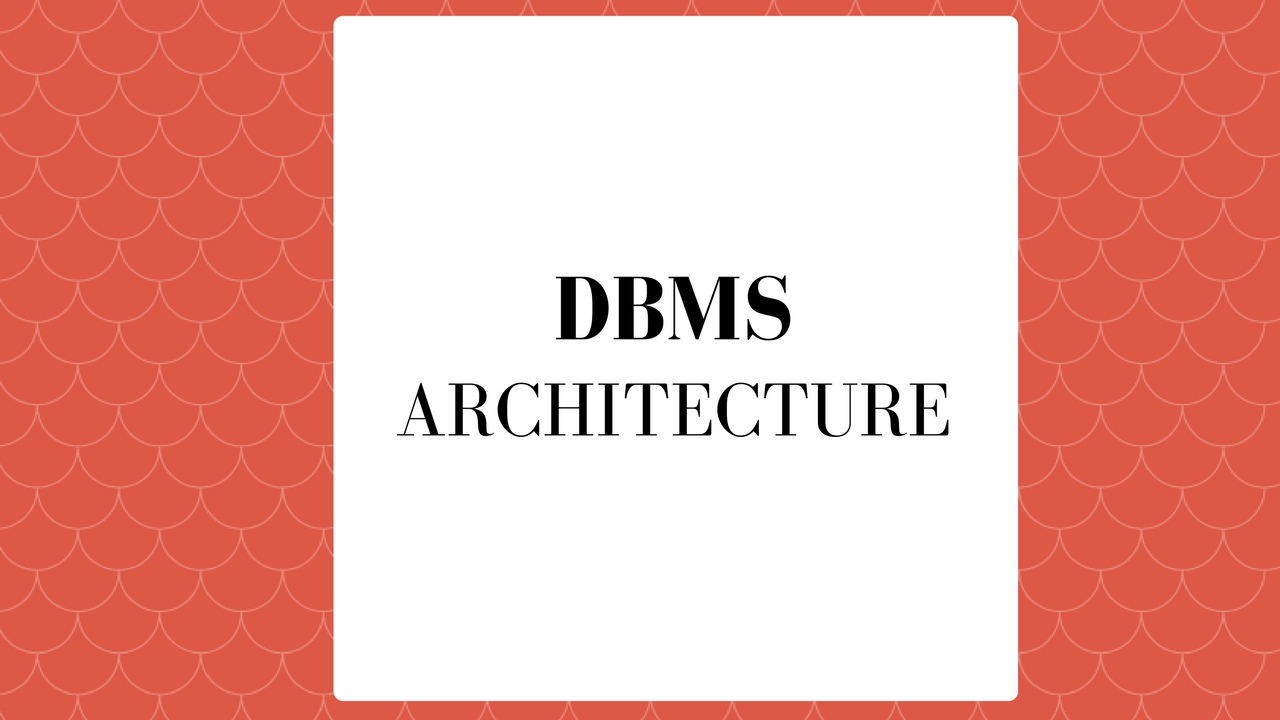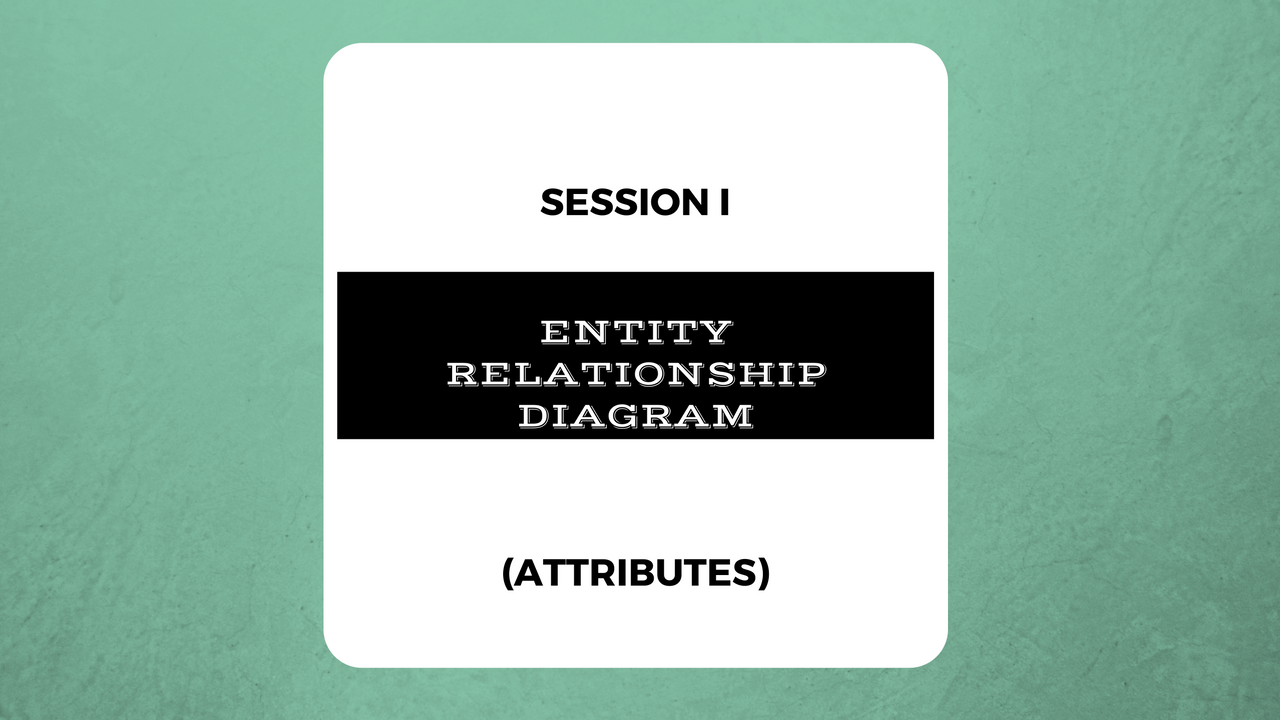Dot Net framework is a software development environment which aids in faster software development with the help of features such as Cross language interoperability, common language runtime, just in time compilation, dynamic coding etc. Dot Net Framework is not a programming language. It is a platform that provides tools and technologies to develop Windows, Web and Enterprise applications .
Evolution of .NET
NET technology was introduced by Microsoft, to catch the market from the SUN Microsystem’s Java. Java has become an extremely popular language specially for web development and Microsoft had only VC++ and VB to compete with Java . With the world more and more dependent on Internet and java related tools, Microsoft seemed to be losing the battle.VC++ foundation classes were difficult to learn while Visual Basic though popular was too simple for serious applications.Microsoft developed the OLE and the COM technology before Dot Net .
OLE Technology
OLE stands for Object Linking and Embedding which enables one to create objects with one application and then link or embed them in a second application. For example, The Microsoft Excel worksheets can be embedded in a Visual Basic Form or in a PowerPoint presentation such that when the original embedded object changes the change is affected in the linked application. Embedded objects retain their original format and links to the application that created them. This technology enables users develop applications which requires interoperability between various products.
COM Technology
The component oriented model (COM)on the other hand enables to divide a software into independent executable and reusable components .These components can be collected to form a library which can be references in the future projects if required.

What makes COM and OLE unique is that the architecture is based on reusable design and reusable code. One of the fundamental concepts in COM, the interface, is based on the idea of design reuse. COM and OLE introduce a programming model based on reusable designs.
Microsoft started development of the .NET Framework in the late 1990s secretly under the name of Next Generation Windows Services (NGWS) under the direct supervision of Mr.Bill Gates. Sometime in the July 2000, Microsoft announced a whole new software development framework for Windows called .NET in the Professional Developer Conference (PDC).Microsoft also released PDC version of the software for the developers to test. By late 2000 the first beta versions of .NET 1.0 were released. The first version of .NET Framework was released on 13 February 2002, bringing managed code to Windows NT 4.0, 98, 2000, ME and XP.





